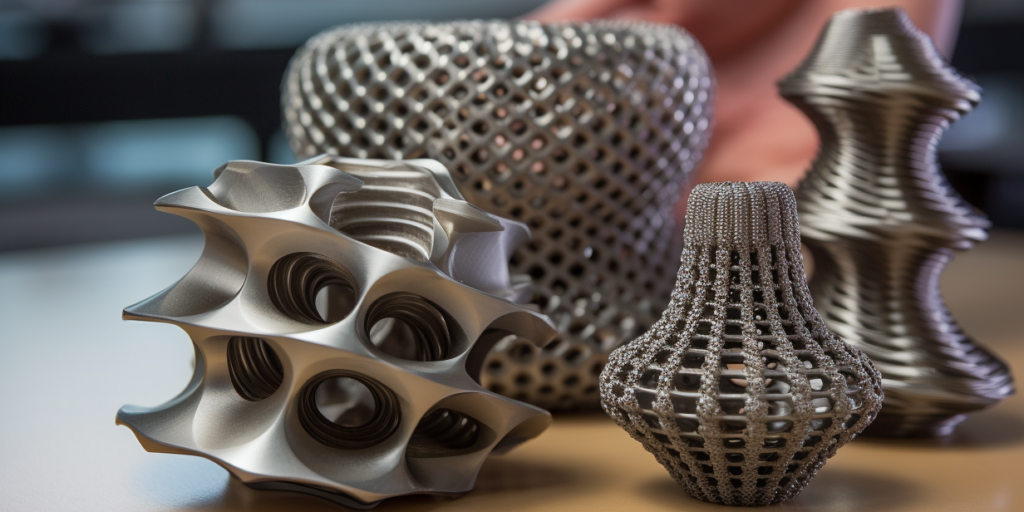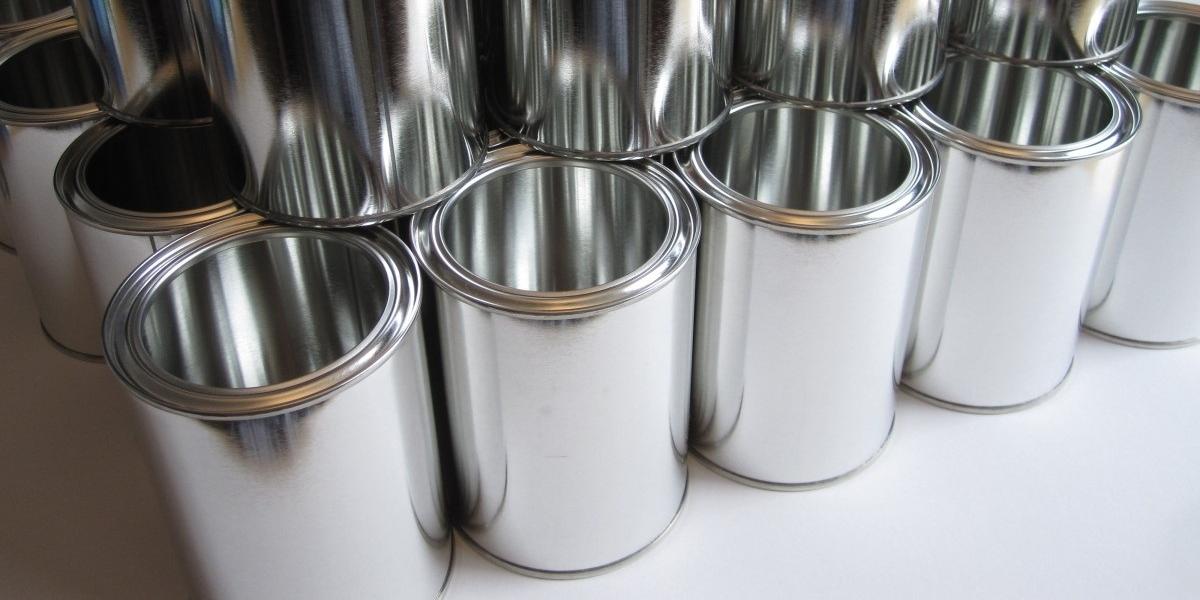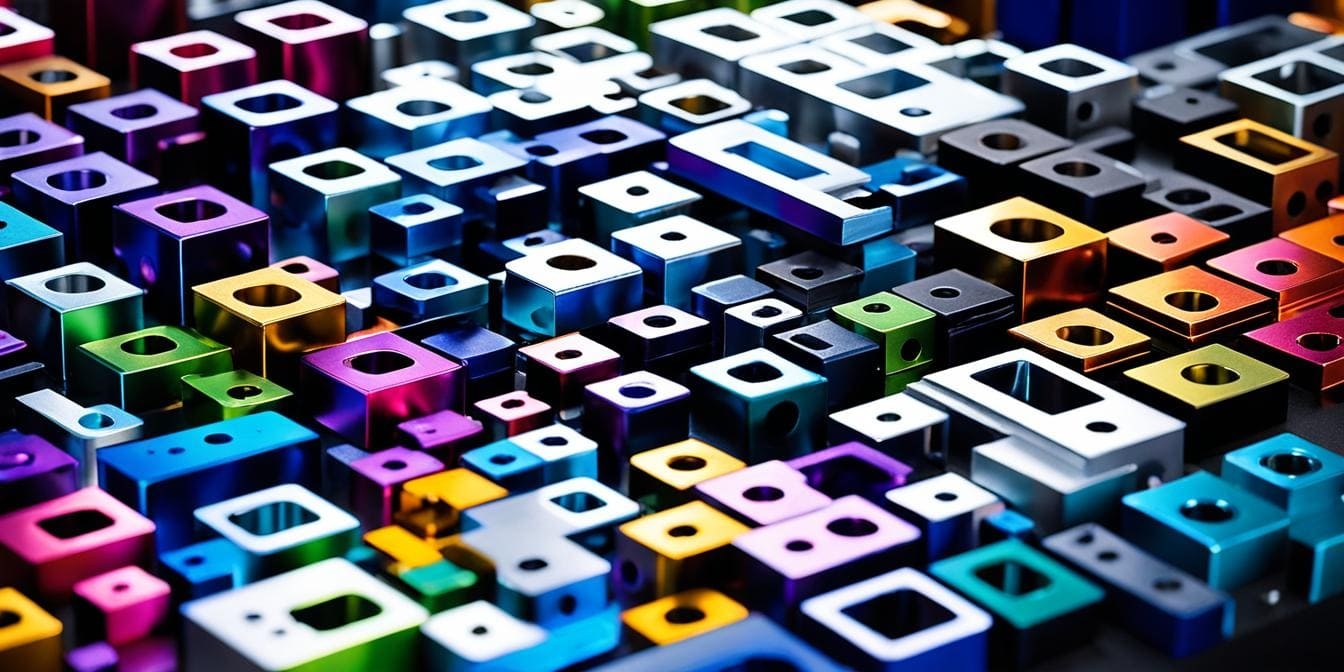I’ve seen many people compare stereolithography (or the entire processing aspect of 3D printing) to a magic show.
Well, There is nothing wrong with this statement in terms of visualization, but there is one decisive difference: the magic trick is fake, whereas stereolithography truly uses lasers and numerical values to create the item.
This article will guide you to unlock the door of SLA by understanding what it is, how workbook, why or why not use it, and what makes it unique.
Introduction to SLA 3D Printing
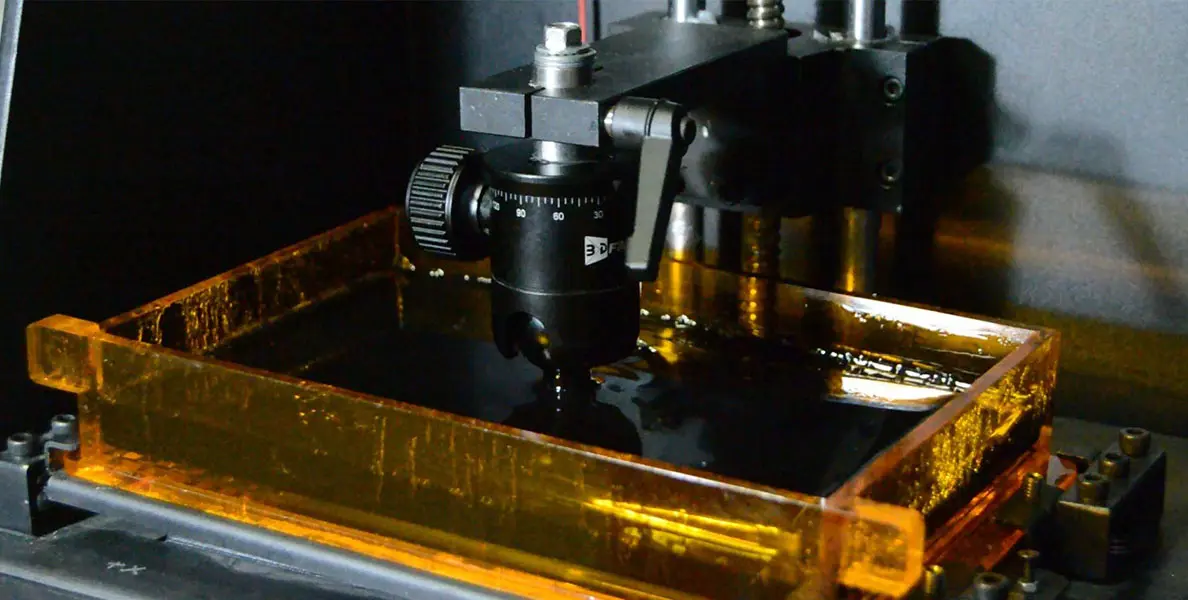
Stereolithography is one common printing method that is widely used in industrial manufacturing.
In this part, I’ll use simple but accurate words to help you understand what it is and its applications.
Brief Overview of SLA Printing
Stereolithography is a type of 3D printing technology that uses a process called photopolymerization to create objects layer by layer.
This process involves using a high-powered laser to solidify liquid resin into a desired shape.
The laser is directed by a computer-controlled system that follows a precise digital model of the object being created.
Stereolithography is known for its ability to produce high-resolution, detailed parts with smooth surfaces.
It is ideal for creating prototypes, models, and custom components for various industries such as automotive, aerospace, and healthcare.
Applications of Stereolithography 3D
Stereolithography has revolutionized the way products are designed and manufactured across various sectors, leading to faster development times and greater innovation in industrial 3D printing.
| Industry | Application Parts and Use |
| Automotive |
|
| Medical |
|
| Aerospace |
|
| Architecture and Product Design |
|
| Jewelry and Fashion |
|
| Entertainment |
|
How Does the SLA 3D Printer Work?
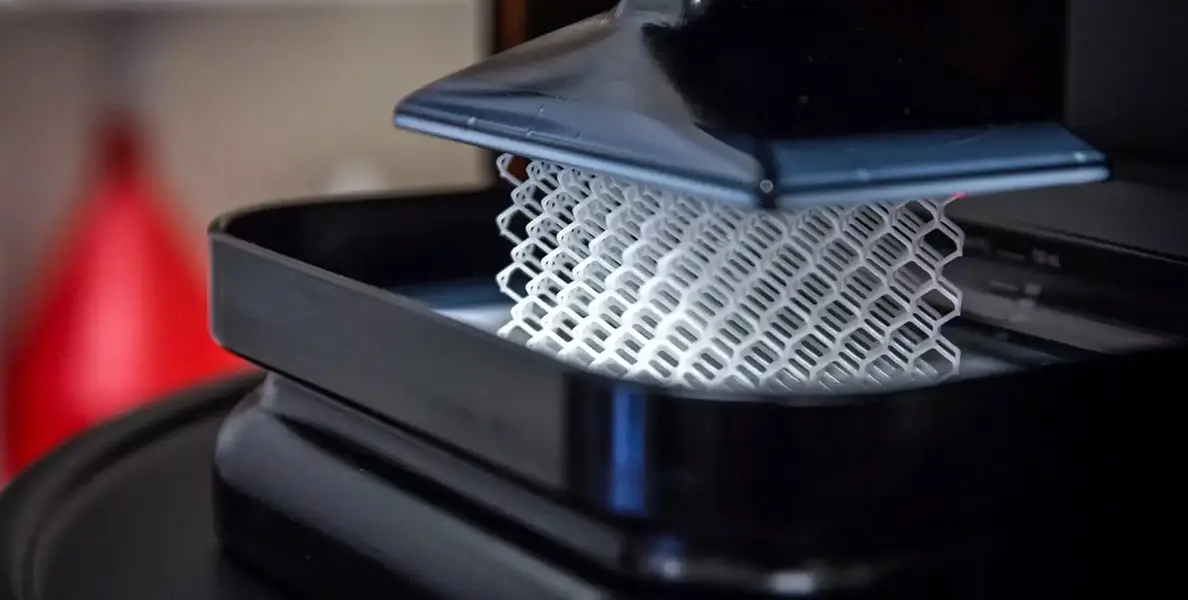
In this part, I’ll explain the whole SLA printing process and the involved materials.
Breakdown of the steps used in SLA printing
The process involves using a vat of liquid resin that is cured by a UV laser to create solid objects layer by layer.
Create model: The whole working process begins with the creation of a 3D model using computer-aided design software.
Slice: Once the model is prepared, it is sliced into thin layers using specialized software and a 3D system.
Curing: These layers are then sent to the SLA printer, which uses the UV laser to cure each layer of resin to the build plate.
Fine detail design: As each layer is cured, the build plate moves down slightly to make room for the next layer to be added on top. This process continues until the entire object is completed and the functional part is made.
SLA Materials Used in Manufacturing Process
With a wide range of materials (like plastics and composites) that can be used to make SLA parts, 3D printing resins are the most representative.
Each has unique properties and characteristics that make them suitable for different 3D printing applications.
There are many different SLA resins:
| Materials | Attributions |
| Standard resin |
|
| Engineering resin |
|
| ABS-like resin |
|
| Flexible resin |
|
| High-temperature resin |
|
Why Choose SLA: Advantages
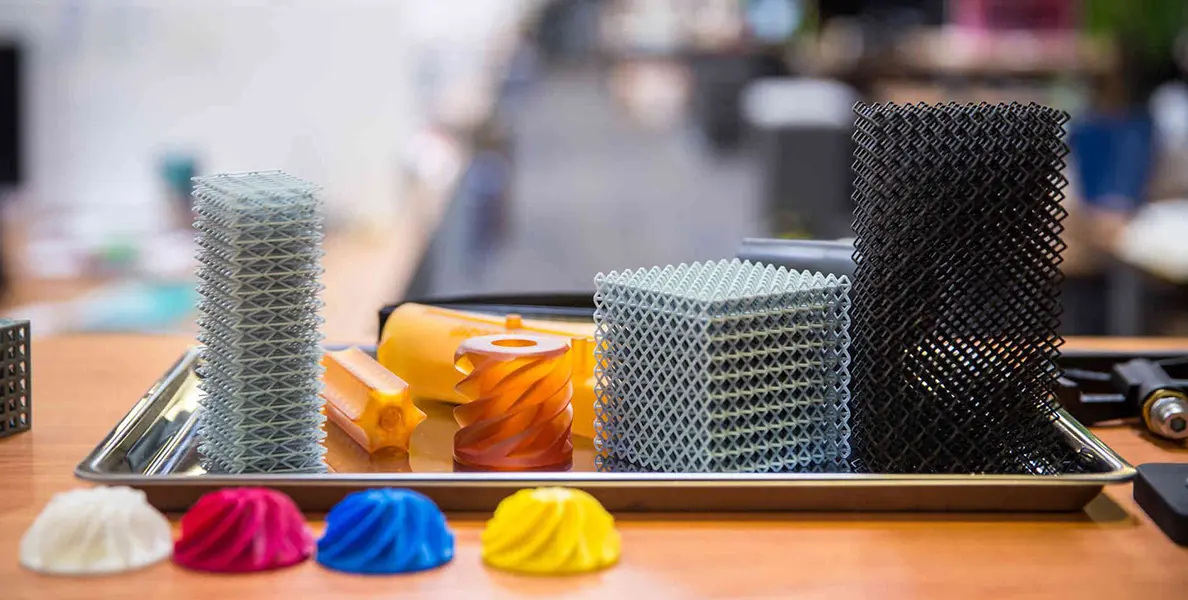
By this part, I summarized several key advantages that make this technology splendid.
High-level Accuracy of SLA
One of the key advantages of SLA technology is its high resolution when printing parts.
This means that parts produced using SLA are incredibly accurate and precise, making it an ideal choice for applications where precision is essential.
Smooth Surface Finish
Additionally, the smooth surface finish achieved with SLA prints is unmatched by other 3D printing technologies, giving parts a professional look and feel straight off the print bed.
Ability to Produce Complex Geometries
Another advantage of SLA is its ability to produce complex geometries with ease.
This is particularly useful for creating intricate and intricate designs that would be difficult or impossible to manufacture using traditional methods.
Fast in Produce Parts
What’s more, the SLA machine is known for its faster print times compared to other additive manufacturing technologies, making it a great choice for rapid prototyping and production.
Why not use SLA 3D Printing Technology: Disadvantages
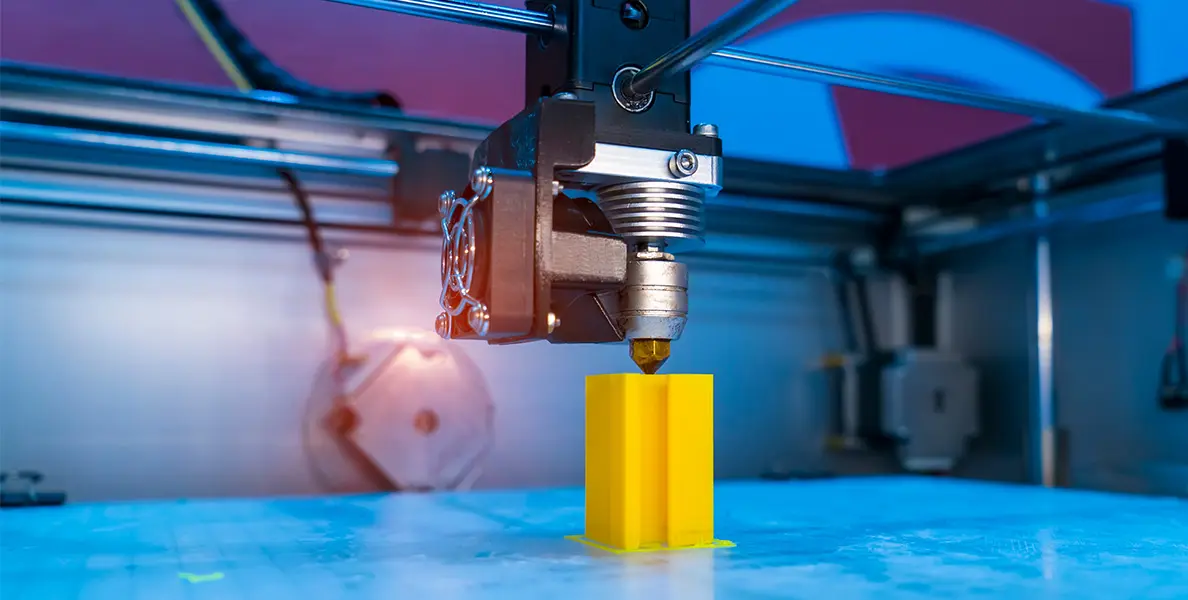
There’s no perfect technology, and SLA also has its In this part, I summarized several key problems that SLAs are still trying to overcome.
Limited Range of Material
SLA printers typically work with resin materials, which have unique tolerances and may not be suitable for all projects.
This limitation can restrict the types of objects that can be produced using SLA.
SLA Post-Processing Required for Curing
Post-processing is required for curing the printed objects.
Unlike some other technologies that produce fully cured objects straight out of the printer, SLA needs to go through an additional curing process to reach their full strength and durability.
This extra step adds time and effort to the overall printing process.
Higher Cost Compared to Other 3D Technologies
SLA 3D printing also tends to be higher in cost compared to other technologies.
The initial investment in a high-quality SLA printer can be expensive, as can the ongoing costs of replacing resin materials and other supplies.
For individuals or businesses on a tight budget, this higher cost may be a barrier to adopting.
Comparison with Other 3D Printing Methods
To be honest, even though SLA 3D printed parts are being praised and the technology is widely used in manufacturing, we still can’t say SLA is the best method arbitrarily.
Everyone has their strong and weak points, and this part will compare SLA with three other printing methods and show their pros and cons.
Comparison with FDM Printing
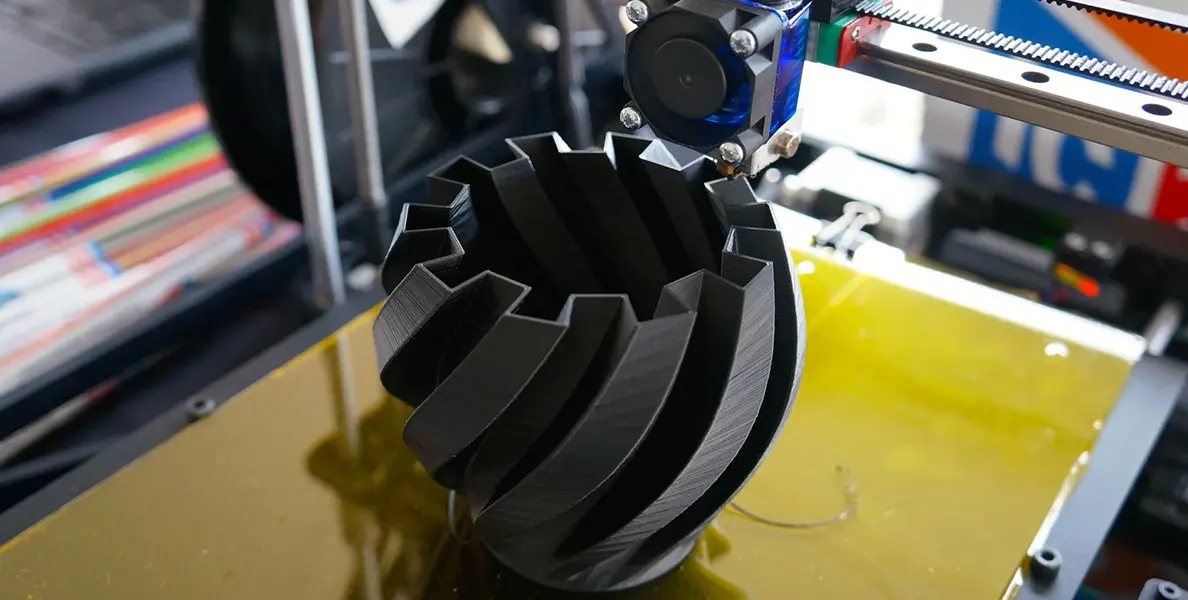
When comparing FDM, we stand out in terms of accuracy and detail.
While FDM 3D printers can provide quick and inexpensive prototypes, SLA offers higher resolution and smoother finishes, making it ideal for creating intricate designs and intricate parts.
In terms of material options, SLA also allows for a wider range of materials to be used, giving our clients more flexibility in their printing projects.
| Attribution | SLA | FDM |
| Accuracy |
|
|
| Material Option |
|
|
| Speed and Cost-Effectiveness |
|
|
Comparison with SLS Printing
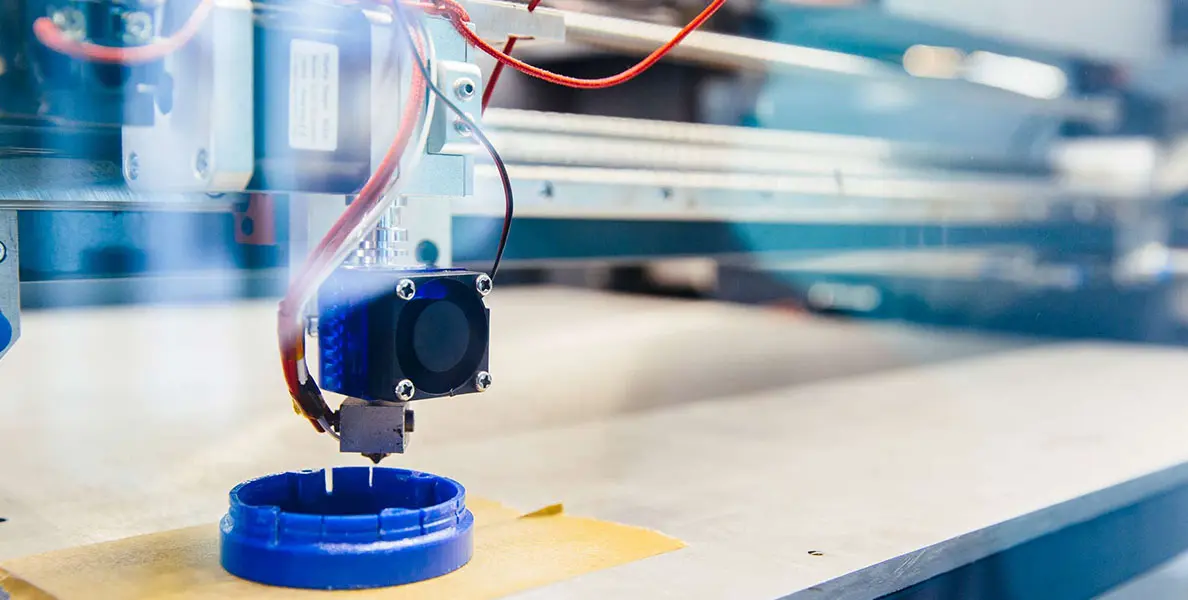
When comparing SLA and SLS, the former excels in cost-effectiveness and speed.
While SLS printing can deliver high-quality parts, the process tends to be more costly and time-consuming, SLA offers a more efficient and affordable alternative, without sacrificing quality.
Additionally, SLA is ideal for producing larger parts with greater ease, making it a preferred choice for projects requiring scale and volume.
| Attribution | SLA | SLS |
| Cost-Effectiveness |
|
|
| In Mass Production |
|
|
Comparison with DLP printing
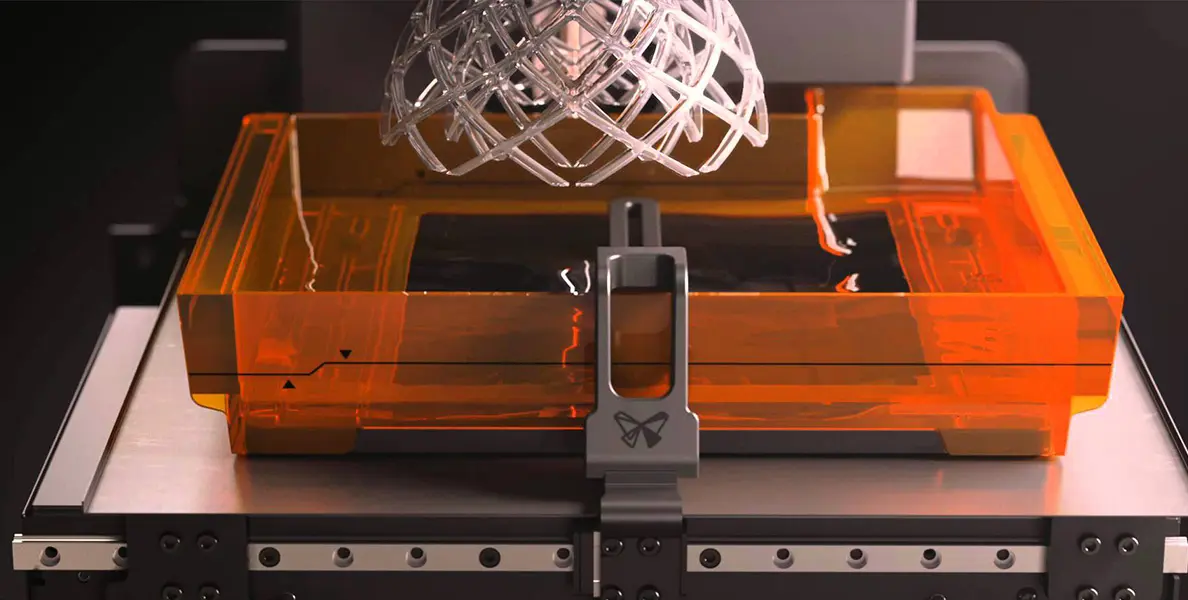
In contrast to DLP, SLA offers superior durability and strength in the finished products.
While DLP printing can produce detailed and precise parts, SLA ensures that the parts are robust and long-lasting.
SLA also provides faster printing speeds and larger build volumes, making it a more efficient and productive option for clients looking to optimize their manufacturing processes.
| Attribution | SLA | DLP |
| Durability and Strength |
|
|
| Mass Production |
|
|
| Precision |
|
|
| Speed |
|
|
Conclusion
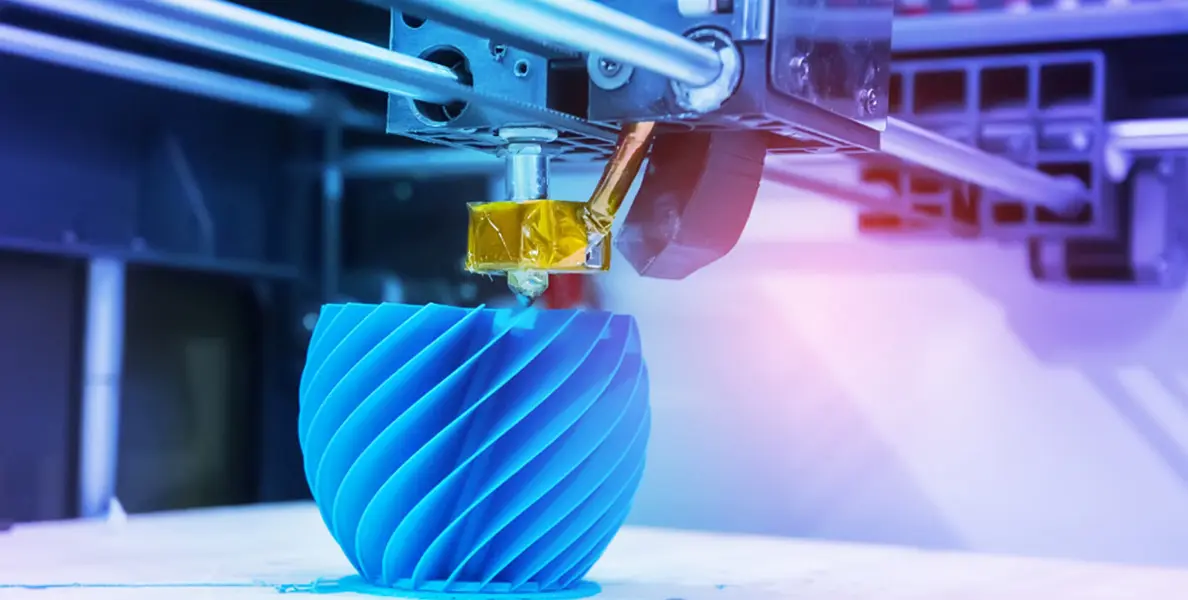
In conclusion, stereolithography is a 3D printing process that uses a laser to transform liquid resin into the desired shape.
It offers high resolution and smooth surface finishes, making it ideal for creating detailed and intricate models.
However, it can be more expensive than other 3D printing methods and has limited material options. Additionally, the post-processing steps, such as cleaning and curing, can be time-consuming.
As technology advances and materials improve, SLA printing is likely to become more accessible and affordable. The ability to create high-quality prototypes and intricate designs will continue to make SLA printing a valuable tool in the 3D printing industry.
Where Can I Get the Best 3D Printing Service?
You can contact XMAKE. As a leading digital manufacturing platform, We serve excellent additive manufacturing processes and are able to use SLA 3D printing to create 3D objects with high quality.
We can give you a perfect answer whether you want common SLA, top-down SLA, or simply want SLA 3D printing works.
FAQS
Q1: How does SLA achieve detailed prints?
A: SLA can achieve detailed prints by curing liquid resin with precision using an ultraviolet laser, resulting in smooth surfaces and intricate details.
Q2: What are support structures in SLA printing?
A: Support structures are temporary structures added to 3D models during printing to support overhanging or intricate parts that may otherwise collapse during the printing process.
Q3: What is the difference between resin 3D printing and other 3D printing materials?
A: Resin 3D printing, such as SLA, produces parts with smoother surface finish and higher detail resolution compared to traditional filament-based 3D printing materials.
Q4: How does a desktop SLA printer differ from industrial SLA printers?
A: Desktop SLA printers are smaller, more compact, and generally have lower print volumes compared to industrial SLA printers, which are capable of larger-scale productions.
Q5: What is the process of printing to create resin 3D printed parts?
A: The printing process involves curing liquid resin layer by layer using an ultraviolet light source, resulting in solidified resin parts that can be used for various applications.
Reference
- Wangming. (2024, June 20). Stereolithography Development and Applications. 3D Modeling Learning Studio. https://www.mvrlink.com/stereolithography-technology/
- 3D Printer Knowledge: Which is better, DLP or SLA? (n.d.). https://www.creality.cn/news-3005.html
-
Ge, Q., Li, Z., Wang, Z., Kowsari, K., Zhang, W., He, X., Zhou, J., & Fang, N. X. (2020). Projection micro stereolithography based 3D printing and its applications. International Journal of Extreme Manufacturing, 2(2), 022004. https://doi.org/10.1088/2631-7990/ab8d9a


